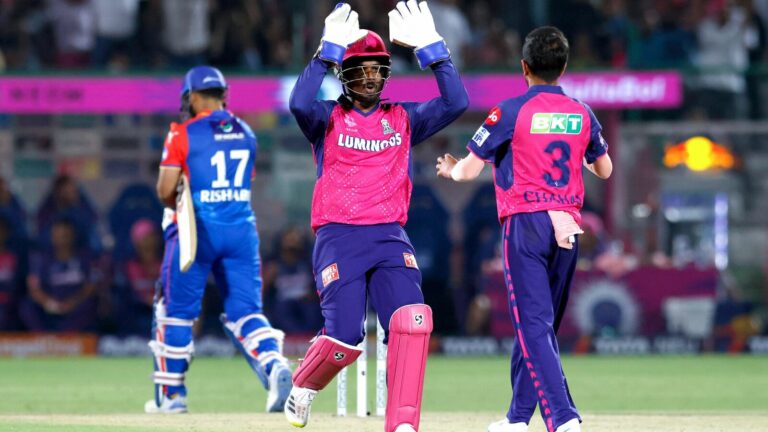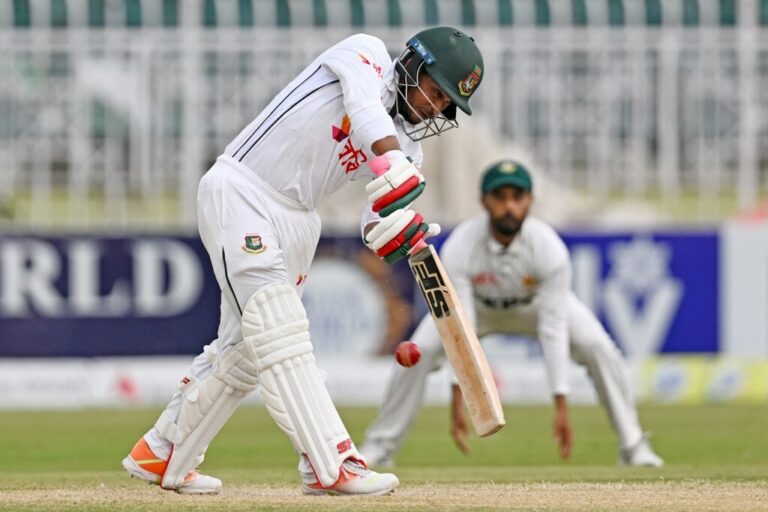Analyzing the Use of Analytics in Cricket Strategy
Reddy Anna Book, Reddy Book Club: Cricket strategy has undergone a significant transformation over the years, adapting to the evolving nature of the game. In the past, the focus was primarily on traditional tactics such as building a strong defense or relying on a few key players to carry the team. However, with the rise of T20 cricket and the introduction of new formats, teams have had to adopt more dynamic and aggressive strategies to stay competitive.
Today, cricket strategy is characterized by a more proactive approach, with teams looking to assert their dominance from the outset. This shift has seen an increased emphasis on innovative game plans, tactical flexibility, and exploiting opposition weaknesses. Moreover, the growing influence of data analytics has revolutionized the way teams approach matches, enabling them to make data-driven decisions and gain a competitive edge on the field.
The Role of Data in Cricket Decision-Making
Data has become an indispensable tool in the realm of cricket decision-making. With the advent of advanced analytics and technology, teams are now able to delve deep into player performance metrics, match statistics, and opposition analysis to make more informed choices on the field. This data-driven approach has not only revolutionized the way teams strategize but has also enhanced player development and performance evaluation processes.
In the fast-paced world of cricket, the ability to quickly analyze vast amounts of data provides teams with a competitive edge. Coaches and analysts can now dissect player strengths and weaknesses, identify trends, and tailor game plans accordingly. From understanding optimal bowling matchups to pinpointing fielding positioning based on historical data, the role of data in cricket decision-making continues to shape the sport’s landscape, paving the way for a more strategic and precise approach to the game.
Key Metrics Used in Cricket Analytics
When it comes to analyzing cricket performance, there are several key metrics that play a crucial role in providing valuable insights. One of the most fundamental metrics used in cricket analytics is the batting average, which indicates the average number of runs scored by a player per dismissal. This metric helps in assessing a player’s consistency and effectiveness with the bat.
Another significant metric in cricket analytics is the bowling strike rate, which measures the number of balls bowled by a player per wicket taken. A lower bowling strike rate generally signifies a bowler’s ability to take wickets more frequently, highlighting their effectiveness in disrupting the opposition’s batting line-up. These key metrics, along with others like economy rate and strike rate, form the foundation of cricket analytics, offering teams valuable data-driven insights to make informed decisions during matches.







